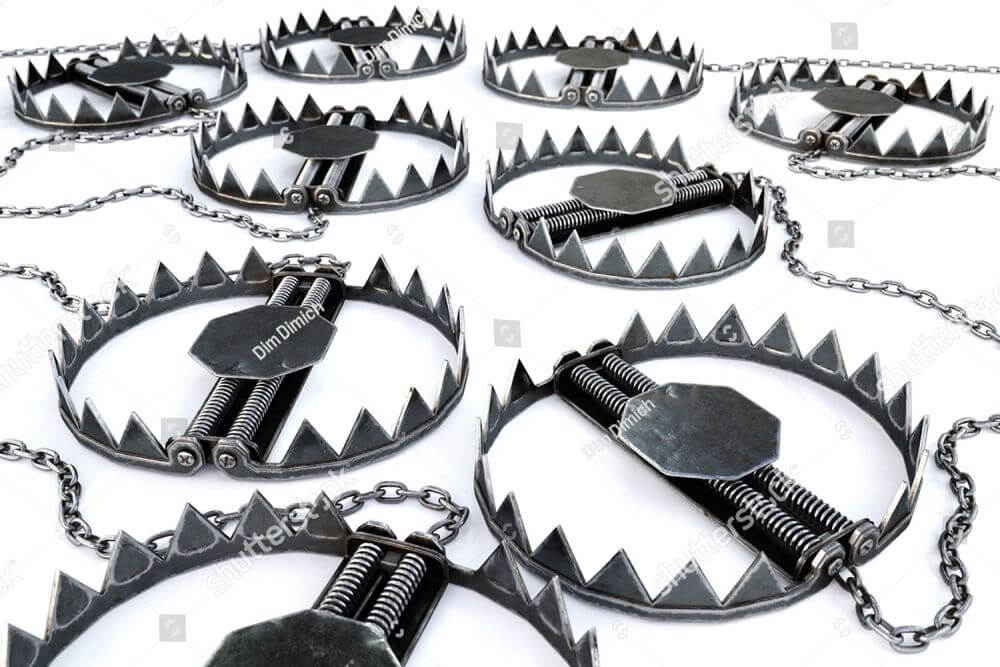WHOIS Database: A Potential Threat-Hunting Tool

When you imagine the hundreds of millions of domains out there and the bad actors that blend in with the good guys, you wonder how to tell one from the other.
Are cybercrooks so untouchable, or rather, invisible, that you are at their mercy? Well, fortunately, they’re not. However hard these characters try to hide their true colors, they cannot escape the one thing that knows their nasty secrets — a WHOIS database.
Thanks to ICANN’s (Internet Corporation for Assigned Names and Numbers) foresight on banishing anonymity from the Web, every domain name that is registered has to spill the beans on itself. That means every domain owner has no other choice but to disclose his name, email and physical addresses, contact numbers, relevant dates of registration, and other details. Cybercriminals can never deny the information on their WHOIS records, which are stored on a database for anyone interested to take a look at.
When you need to resolve domain name issues or simply wish to search for online predators, you need access to a WHOIS database.
This post will tell you where to look, what to look for, and how to recognize a wolf even when it’s cleverly disguised.
Hunting for Newly Registered Malicious Domains
This is not to disparage newbies because not all newly-registered domain names are up to no good. It’s just unfortunate that most of them have built a reputation for mischief. You need to keep an eye on them because if there is trouble, there’s a high probability that it’s going to involve them.
Spotting newcomers is easy because a WHOIS database can give you customized reports specifically on newly-registered domains. You won’t need to comb through the records yourself — and we’re talking thousands — because we can do that for you. With the list at hand, you will get what you need to start determining if a suspicious email you received, for instance, came from the supposed sender.
Hunting for Connected Domains
Just like jungle predators that operate in packs, hackers, too, get strength in numbers. Some set up elaborate networks of connected domains to cast a wide net to catch victims. Fighting them off requires knowing their evil connections, which you can do by using WHOIS records. Start by looking for domains that are owned by the same person/organization or are based in high-risk countries. Once you have that information, you can look them up to see if they’ve been involved in shenanigans before. Any such derogatory record would be enough to warn you.
Hunting for Cybersquatters, Impersonators, and Other Opportunists
Your domain name and special keywords are your most valuable online possessions. Naturally, certain malevolent quarters can be waiting for the opportunity to exploit them for their benefit. These cybersquatters purchase domains that are almost similar to yours to force you to buy copycats from them for a huge profit.
A WHOIS database helps you identify potential fraudsters through an automated feature that can identify clever misspellings designed to confuse your customers and draw them away from your site. Once you have the offending domain names, you can look up their WHOIS records and have the option to call them or contact their registrars for appropriate action.
Hunting for Malware Lairs
How many times have you clicked a link that promised an enticing reward only to find that you were tricked into downloading malware? Traps in the form of malicious links that redirect you to malware lairs are laid out all over the Web, and it’s easy to get caught in one of them if you’re not careful.
A WHOIS database can help you avoid malware download pages by noting inconsistencies between what they claim and what exists on their records.
Hunting for Abused and Misused New gTLDs
The newest addition to threat haunts could be the new gTLD space. They may still be few in number compared to the more established legacy domains, but according to ICANN’s June 2019 Domain Abuse Activity Report, new gTLDs already account for almost half of the top security threat sources today.
A WHOIS database can help you zero in on this sector. You can mark sites that have had ties to shady activities. Looking for suspicious domain designations can give you clues. You can also cross-check records with the latest cybersecurity alerts to know which ones you need to watch out for.
Protecting your organization from fraudsters and other miscreants may be impossible if you are kept in the dark and left without a clue about what you’re up against. Fortunately, a WHOIS database has the necessary information to enable you to identify potential sources of threats. For one, WHOIS data can be used to complement existing security tools. The information it provides can aid in threat detection, monitoring for indicators of compromise (IoCs), and timely incident response.